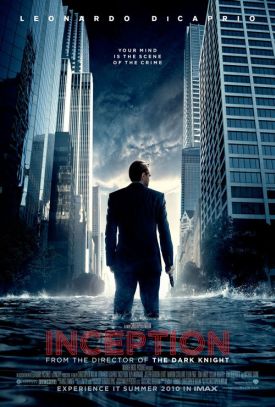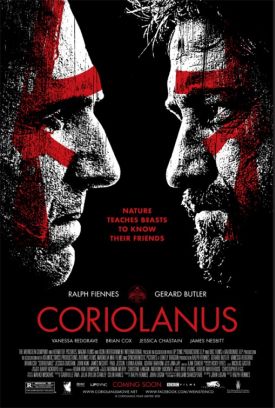S-21: The Khmer Rouge Killing Machine
There is an oriental quality about the look of the Cambodian director Rithy Panh’s documentary, S-21: The Khmer Rouge Killing Machine. But the movie’s purpose is very Western. Mr Rithy Panh — who, after escaping from the killing fields at the age of 15 in 1979, was educated in France — wants to know why the Khmer Rouge murdered two million people, a quarter of the population of Cambodia, between 1975 and 1979. Why? From the Zen-like sense of slowness and spaciousness conveyed by his long takes and stationary cameras, cutting against the emotional tendency of the human drama being described, you might expect Asian fatalism rather such a technocratic inquiry. Not that that means he’s going to produce an answer in the end.
The film’s most impressive scenes are those in which former Khmer Rouge guards are taken to a now-deserted prison in Phnom Penh — the S-21 of the title, also known as Tuol Sleng — and invited to act out their role there during the period when their function was to process shoals of prisoners on their way to execution. We watch as one middle-aged man explains how he would do his rounds, looking through the peep hole, or unlocking the door to take in water or the can used as a toilet, all the while uttering threats: “If I have to come back, beware,” he says again to the empty room. “Sleep without moving, you scum,” he calls through the peephole. “Here’s the can; if you spill it, I’ll get the club.” And so forth. Like most other things in the film, this spooky pantomime goes on for much longer than you would think necessary to make the point. But the effect is to make it seem like the only reply the former guards have to make to the reproaches of their victims.
Principal among these is a white-haired painter called Vann Nath, who managed to survive by painting portraits of the Khmer Rouge big-shots. The film introduces us to him as he paints a scene from the interior of the prison in its worst days. Then it records both his own reminiscences and his confrontation with the ex-guards. Their faces, on which the camera lingers as Vann Nath speaks to them of what they did, are unforgettable. Again and again they say that they were only following orders. If they hadn’t done as they did, they themselves would have been executed. Yet they also confess to being ashamed of themselves.
At one point the guards almost eagerly explain that the reason why, although in the countryside, execution was usually summary, in the prison great stock was put in obtaining the prisoners’ confessions, even though everyone knew these were obtained by torture and entirely fictional. “In Democratic Kampuchea,” says one, “the Party’s line was to govern justly. When you make a revolution, you want justice for the people, and when you arrest someone, you need a reason. The Party has eyes everywhere. It makes no mistakes. It arrests rightly.” The prisoners’ fantastical confessions, like those of the victims of the Moscow show trials, were meant to demonstrate this truth.
It was all part of the grammar of tyranny and murder. Later, Vann Nath reflects on the Party’s favoring the word “destruction” for its enemies, rather than “killing.” He says: “If you think about the word ‘destruction’ it’s more than cruel. In the word ‘kill’ there still seems to be a moral aspect, but in ‘destruction’ there’s nothing human left. We become dust, just particles blowing in the wind.” From the now-empty site of a mass grave where one of the guards explains how he killed the prisoners — by striking them from behind with an iron bar then cutting their throats and pushing them into the already-prepared grave where they died — to the final scene of the empty prison with the wind sweeping through it and blowing the dust about, the film dramatizes this observation. It never does answer the question, “Why?” No one ever really can. But it is hypnotically watchable.
Discover more from James Bowman
Subscribe to get the latest posts to your email.







